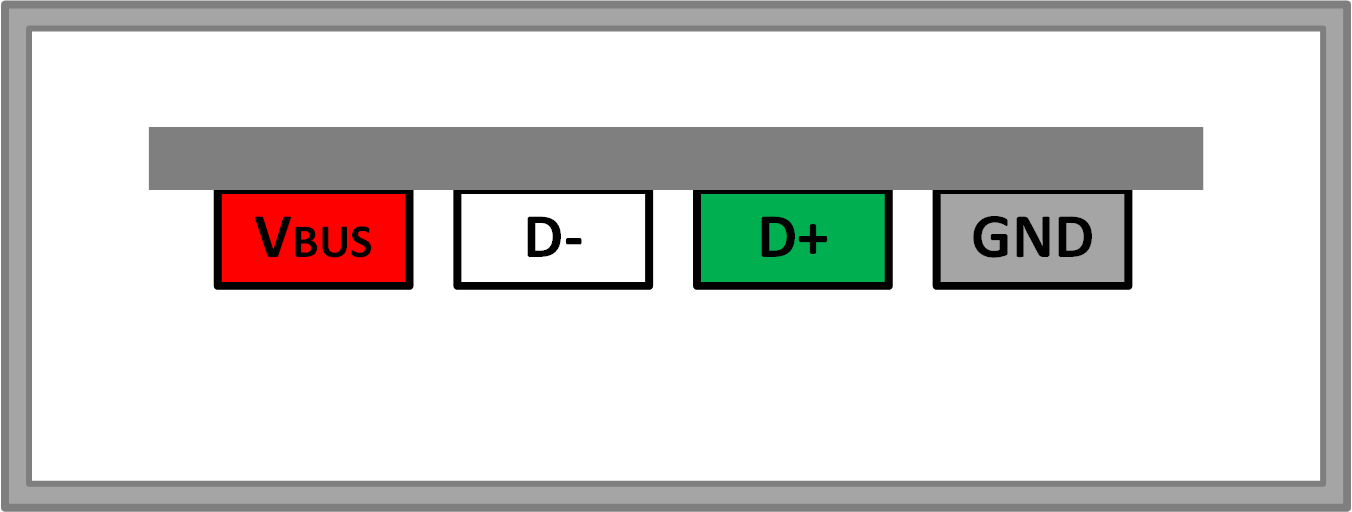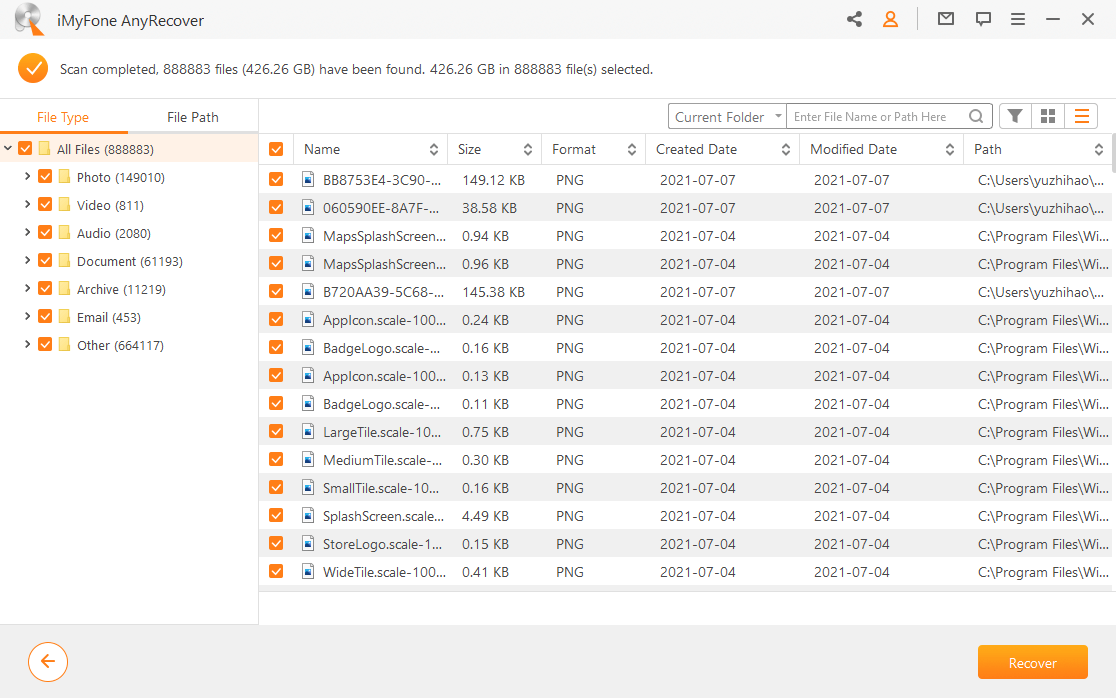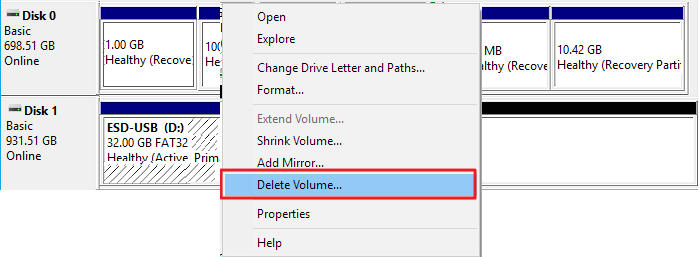
Part 2: How to Recover Lost Data from ESD-USB Once this has finished, you will be able to use your hard drive as a storage device once again. Since ESD-USB formats your drive and then only allocates 32GB of your total capacity to this format, you can allocate the remaining capacity to the NTFS format.ġ) Open Windows Disk Management by searching for it in Windows.Ģ) From the list of drives, find the external hard drive and right-click on the unallocated space.ģ) Click on " New Simple Volume" and enter the size of this partition (we suggest you enter the maximum disk space).Ĥ) On the next screen, choose to format this volume and then select the NTFS format.ĥ) Enable " Perform a quick format" and continue. Method 3: Create a New VolumeĬreating a new partition will also erase all your data, so ensure that if you want to save the data stored on this drive, you recover it by the method listed in part 2. This will manually format your external drive back to NTFS. Enter the following commands:įrom the list of disks, find the disk number corresponding to your external drive.ģ) Select disk X (where x is replaced by the number of your disk). This should automatically find any issues with your external hard drive and fix them.Īn alternative method to fix this trouble using command prompt is to format the external hard drive.



Once this is done, type in the following command, where Y must be replaced with the letter assigned to your drive. Then, open Command Prompt as administrator by right-clicking on the Windows button and selecting Command Prompt (admin). Open your File Explorer and locate the disk and make a note of the letter assigned to that drive. Method 2: Undo ESD-USB via Command PromptĬommand Prompt is a tool that can be used to easily make changes to your machine and its peripheral devices using command lines rather than selecting options manually in settings. This format lets you use the external hard drive to store and transfer files.Ĥ) Make sure the file system is set to NTFS and set the allocation unit size to 2048 bytes.ĥ) Tick " Quick format" and start the process. This method will erase the data stored on your hard drive but will return your hard drive to your desired format: NTFS. There are 3 ways to convert your ESD-USB back to normal. Part 3: How to Avoid Data Loss Before Conversion to ESD-USB



 0 kommentar(er)
0 kommentar(er)
